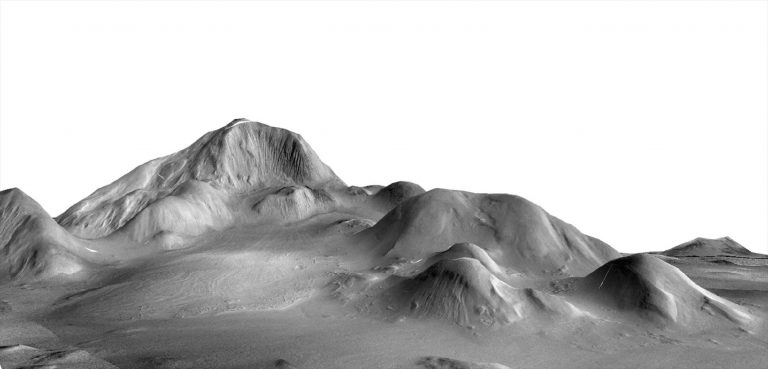Dr. El-Maarry earned his bachelors degree in Geology and Chemistry in Cairo University. He followed it up with two European masters degrees in Sweden and France, and a PhD in Goettingen University in Germany for his work at the Max-Planck institute for solar system research.
Dr El-Maarry has been involved with numerous space missions since 2006 for both ESA, NASA, and recently the UAE Space Agency. These missions include the European Rosetta mission to comet 67P/Churyumov-Gerasimenko, NASA’s New Horizons mission that explores Kuiper Belt Objects at the edge of our solar system and the Emirates Lunar Rover mission, in addition to being on the science teams for numerous other active and future missions including the HiRISE and CaSSIS imagers onboard NASA’s MRO and ESA’s TGO missions, respectively, and the upcoming UAE mission to the Asteroid Belt, and numerous ESA missions including Comet Interceptor, and the planetary defense mission Hera. He is currently the director of the “Space and Planetary Science Center” and an associate professor of planetary sciences at Khalifa University in the United Arab Emirates. His research covers planetary surfaces with a focus on geomorphology and associated physical processes using a multi-disciplinary approach that involves data analysis of remote sensing data, modeling, lab work and comparative planetology mainly through fieldwork.
In addition to his research activities, Dr. El-Maarry has participated in numerous reviewing and expert evaluation panels for NASA and ESA. He was also a member of the topical teams that helped in devising the European Space Agency’s future strategy for missions during the 2035-2050 time period. The Main Belt asteroid 357148 El-Maarry (2002 CZ) is named after him for his services to the planetary science and astronomical communities, and his contributions to better understanding cometary geology.

Glacier-like landforms on Mars
Glacier-like landforms (GLFs) and other classes of viscous flow features record the conditions when the obliquity of Mars allowed for the atmospheric deposition of ice in the mid-latitudes of Mars. However, they persist to this day because they are covered by a substantial dust cover that protects them from intense sublimation. While substantial work has been carried out over the years to better understand and characterize GLFs, their geologic settings, morphometry, and overall morphology, we still need to better understand how GLFs evolve with time and what are the geologic or climatic controls on that evolution.
We are currently carrying out a comparative analysis between two notable GLF systems on opposite hemispheres: a notable mountain glacier system in eastern Argyre, and the central peak of Moreux crater that straddles the dichotomy boundary, and has received considerable attention given its inferred long-term glacial evolution, and potential polyphase glacial and periglacial features. Both systems are somewhat similar in terms of geologic setting (flows and features associated with a centralized high ground), overall scale, and apparently young age (100s of millions of years old), so a comparison of these two systems may yield new insights into how such systems evolve with time.